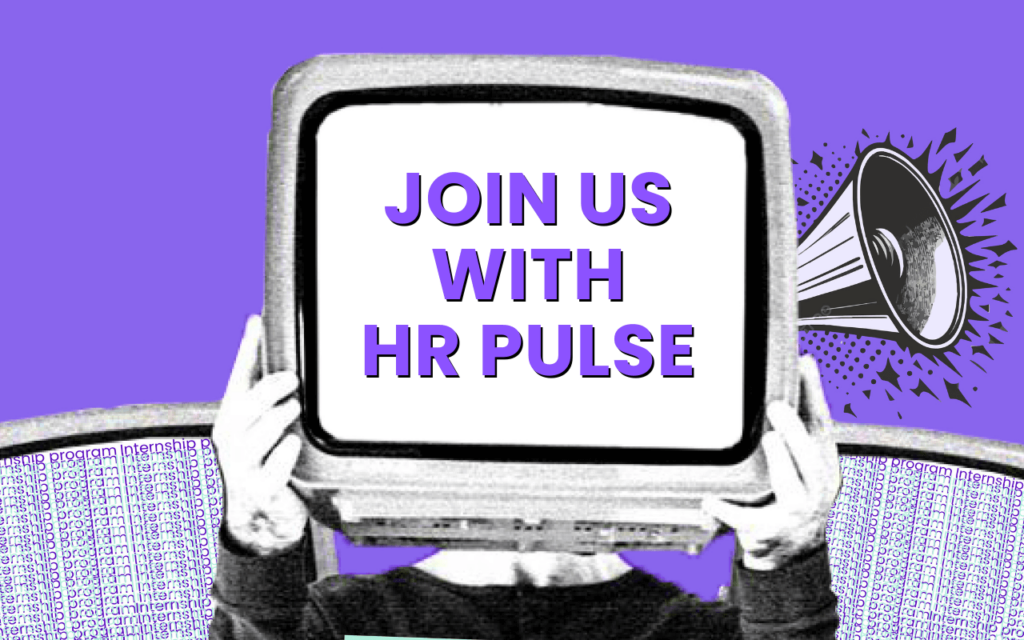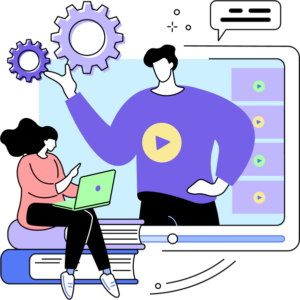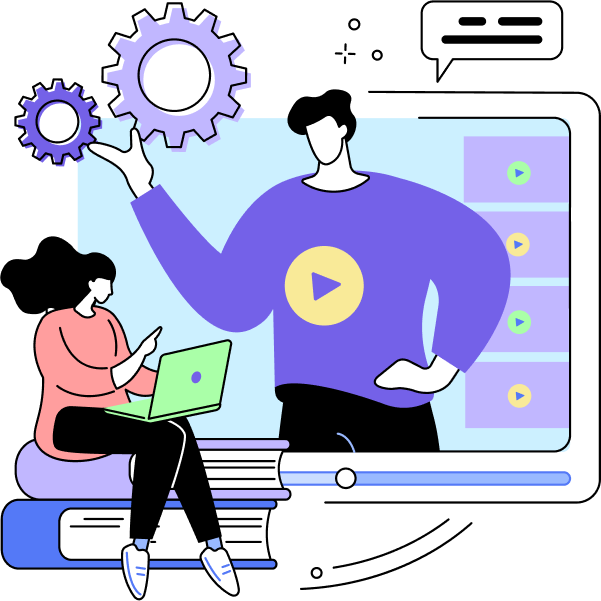Throughout an employee's journey from hiring to retirement, organizations have a wealth of opportunities to reinforce their culture, enhance retention, and elevate employee engagement. By examining each phase of the employee experience, HR professionals and business leaders can ensure that every stage is deliberate, well-planned, and conducive to a productive workforce.
This guide breaks down the various steps in the employee life cycle and offers best practices to help refine your approach to managing this important process.
What is the employee life cycle?
The employee life cycle is a structured framework that outlines the different stages an employee goes through within an organization, from initial attraction to eventual departure. This model allows HR teams to strategically manage employee interactions, fostering a positive experience that promotes individual growth and organizational success.
By understanding and enhancing each stage of the employee life cycle, companies can strengthen their employer brand, boost employee engagement, and cultivate long-term retention.
The key stages of this life cycle include
- Attraction
- Recruitment
- Onboarding
- Engagement
- Retention
- Development
- Offboarding & Advocacy
The seven stages of the employee life cycle
The employee life cycle encompasses several vital stages, each significantly influencing employees' overall organizational experience. By effectively managing these stages, HR teams can create a seamless journey from initial attraction to post-employment advocacy.
Here’s a closer look at each stage along with its significance.
Stage 1: Attraction
Attraction is the starting point of the employee life cycle, where companies cultivate a strong employer brand to attract potential candidates. This is achieved through compelling storytelling about the brand, openly communicating the company culture, and highlighting opportunities for career advancement. A positive reputation is critical in drawing top talent that resonates with the company’s mission and values.
Stage 2: Recruitment
Recruitment involves identifying, screening, and selecting the most suitable candidates for vacancies. This stage requires a well-structured approach that includes job postings, interviews, and assessments. A smooth recruitment experience lays the foundation for effective onboarding and long-term engagement.
Stage 3: Onboarding
Onboarding is designed to facilitate a smooth transition for new hires as they step into their roles. It provides essential training, resources, and introductions, ensuring new employees get acquainted with the company culture, build relationships with their colleagues, and contribute effectively in their positions.
Stage 4: Engagement
Engagement is a crucial aspect of the employee experience. This phase focuses on keeping employees motivated, satisfied, and aligned with the company’s goals. It includes fostering open communication, implementing recognition programs, and offering professional development opportunities. High levels of employee engagement often translate to increased productivity and job satisfaction while lowering turnover rates and enhancing the employer brand.
Stage 5: Retention
Retention is about creating a work environment where employees feel valued and supported. Organizations can bolster retention by offering competitive salaries, opportunities for career advancement, and a healthy work-life balance. A strong retention strategy is vital for minimizing turnover and maintaining a skilled workforce.
Stage 6: Development
Development is an ongoing process that supports employees as they grow in their careers. By providing access to learning opportunities, mentorship, and leadership training, organizations can help employees enhance their skills and progress within the company. This investment in development benefits both the individual and the organization.
Stage 7: Offboarding & Advocacy
Offboarding is the final stage of the employee life cycle, but it doesn’t have to signify the end of the relationship between the company and the employee. A structured offboarding process that includes exit interviews and knowledge transfer can ensure a smooth transition. Moreover, maintaining a positive relationship with former employees can turn them into brand advocates or potential rehires.
Best Practices for Managing the Employee Life Cycle
Effectively navigating the employee life cycle requires a thoughtful strategy to keep employees engaged, motivated, and aligned with organizational goals. Here are some essential best practices to enhance each stage of the employee life cycle
Streamline Onboarding with Integrated HR Systems: A smooth onboarding experience is crucial for setting the stage for long-term success and a positive employee journey. Utilizing onboarding software linked with a comprehensive HR platform can help automate paperwork, provide structured training, and ensure new hires transition effortlessly into their roles. This approach helps new employees feel welcomed and prepared right from their first day.
Gather Employee Feedback to Boost Engagement: Regularly obtaining input through employee engagement surveys, one-on-one meetings, and performance evaluations enables HR teams to better understand employee needs and enhance workplace culture. By actively addressing concerns and making data-driven improvements, organizations can foster higher levels of engagement and job satisfaction.
Focus on Employee Development and Continuous Learning: Offering employees opportunities to acquire new skills, attend workshops, and engage in mentorship programs promotes career growth. Investing in a development plan not only enhances individual performance but also strengthens the organization’s overall capabilities, boosts employee retention, and enhances the employer brand.
Cultivate a Culture of Recognition and Rewards: Recognizing employees for their contributions significantly uplifts morale and fosters a more positive, productive work environment. Implementing structured reward programs, providing bonuses, and celebrating achievements contribute to creating an engaged workforce.
Establish a Structured Offboarding Process to Maintain Positive Relationships: A well-organized offboarding process ensures that departing employees leave on good terms and can even become advocates for the company. Conducting exit interviews, gathering valuable insights, and keeping former employees connected can lead to future collaborations and potential rehires.
Become a part of the Paismo community
Paismo HR software can help simplify your HR processes. In today's dynamic economic environment, efficient HR and automated payroll management are no longer a luxury but a necessity. Paismo is a comprehensive solution transforming traditional HR complexes into streamlined and automated workflows. Paismo and its paired biometric devices can be used for your business to mark employee attendance and record their timesheets accurately.
Paismo simplifies your tasks with its core HRMS, timesheets, and attendance management, as well as biometric attendance, payroll automation, and leave management system.
Take the first step toward modernizing your HR and payroll processes and explore what Paismo can do for you. Book a demo with our exceptional sales team here.











